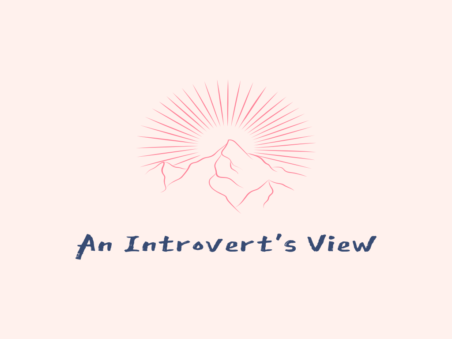Why you’re lucky to be an introvert

Blessed are those who do not fear solitude, who are not afraid of their own company, who are not always desperately looking for something to do, something to amuse themselves, something to judge.
Paulo Coelho
Unfortunately, introverts have been done a huge disservice. Personality theorists historically portrayed introversion as an abnormal trait. They perpetuated a narrative that there was something wrong with a person who was introverted. Extroversion was touted as having all the positive attributes, including sociability and chattiness. This narrative definitely lives on in our world today. I have witnessed the negative connotations associated with introversion firsthand.
Introverts are one-third to one-half of our population and they include some of the worlds most gifted people.
Some Famous introverts:
| Albert Einstein | J.K. Rowling | Emma Watson |
| Rosa Parks | Steven Spielberg | Meryl Streep |
| Elon Musk | Gandhi | Charles Darwin |
| Michael Jordan | Dr. Seuss | Audrey Hepburn |
positive introvert personality traits:
- Listen more than they talk.
- Think before they speak.
- Keenly observant.
- Favor quality friendships and genuine interpersonal connectiveness over quantity of friendships.
- Loving romantic partners, without being clingy or high maintenance.
- Compassionate and inspiring leaders. They don’t step into the spotlight and take all the credit for group successes.
- Highly selective of people. They don’t waste their time with just anyone.
- Creative.
- Lower threshold for small talk and superficialities.
- Conserve energy for stimulating personal interactions, instead of ones that take their energy.
- Ability to think outside the box.
- Ability to overcome challenges in healthy ways.
- Able to form genuine interpersonal connections.
- Fiercely loyal.
- Empathetic in nature.
- Dreamers.
- Intriguing and deep thinkers.
- Problem Solvers
"There's zero correlation between being the best talker and having the best ideas." Susan Cain - Author of Quiet: The Power of Introverts in a World That Can't Stop Talking.
"Introverts...have more ways of protecting themselves and live longer. They appreciate a simpler life, plan and reflect on new ways of doing things and encourage others to develop self-reflection and to think before acting." Carl Jung
I am an introvert myself and also the mother of two amazing introverts. It’s important to me that the negative narrative concerning introversion continue to change to a more positive one. Introvert’s and Extrovert’s both have amazing qualities, but many times introverts are made to feel like they are not as good or won’t be as successful as their extroverted counterparts. They are even asked or even pushed to be more extroverted by people who don’t understand introversion. This is ridiculous and I want all my fellow introverts to remember what a gift you are to the world and to know that you are perfect just the way you are!
You May Also Enjoy:
- 7 Quotes Curated by an introvert
- Introverts and Cats: Two Peas In A Pod
- why you should teach your child mindfulness
- Insightful Quotes By Introverted Musicians
- How the age old philosophy of ikigai can help you find happiness
Brighten up your inbox and subscribe to my blog!
Why you’re lucky to be an introvert Read More »



















